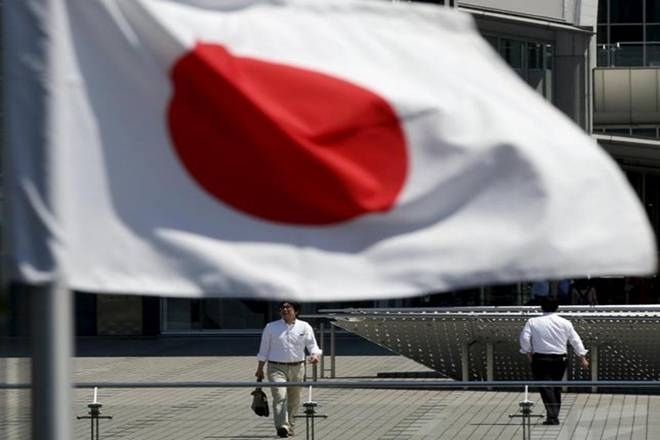Japan leaves billions on table as paperwork clogs free trade deals

Nikkei Asian Review - 17 August 2019
Japan leaves billions on table as paperwork clogs free trade deals
By Junichi Sugihara and Shuichiro Sese
When a Japanese soy sauce maker in the northwestern Hokuriku region started to sell its premium sauce in Switzerland this January, the company was eager to make use of the Economic Partnership Agreement that exists between the two countries.
Low tariffs would make business viable, management thought.
But despite consulting beforehand with the agriculture ministry and the Japan External Trade Organization, or JETRO, over the paperwork, the applications kept running into a wall.
To be eligible for the lower tariffs, the company has to provide certificates of origin to prove that the product is Japan-made.
But applying for the documents can be a long and complicated process. "There was a point where we couldn’t get our soy sauce through customs, and they were stuck in port," a representative said.
Even as Japan pursues trade deals to give its companies better access to overseas markets, businesses are failing to capitalize fully, with many put off by the red tape involved in proving shipments qualify for lower tariffs.
Tokyo has 17 trade deals in force — including the revamped Trans-Pacific Partnership and the Japan-European Union EPA — encompassing about one-third of Japan’s total exports. These agreements make exports cheaper and more competitive, a boon for Japanese businesses counting on overseas sales for growth in a stagnating domestic market.
Full use of free trade agreements would save Japanese companies 2 trillion yen ($18.8 billion) in 2025 — equivalent to more than 7% of all Japanese exports to the relevant markets — analysts including Keisuke Hanyuda of Deloitte Tohmatsu Consulting estimate. Already 1.1 trillion yen of tariff-savings is there for the taking.
But that has not happened. Just 48.2% of 1,472 companies that export to markets covered by Tokyo’s free trade deals took advantage of them, according to a survey last fiscal year by JETRO.
Of those that did, 60.6% complained about the administrative burden involved. For a refrigerator being sent within the TPP zone, for instance, the exporter must list each component, document the production process and provide copies of the certificates of origin for any imported parts. If at least 45% of the fridge’s total value comes from TPP countries, the product is eligible for the reduced duty rate.
In other countries, governments are doing more to help their companies clear the paperwork hurdles.
Fellow TPP member Australia has created a website where exporters can find the requirements for certificates of origin simply by entering a product’s tariff classification code and the name of the importing country.
South Korea, one of the few countries to track in detail how its free trade deals are used, reported a 73.5% utilization rate last year. It has sent experts to advise businesses in order to boost this figure further.
Japan lags behind in such efforts.
Japanese heavy machinery maker IHI gave up on leveraging Japan’s bilateral agreement with Thailand when exporting parts to a subsidiary there. Thailand’s documentation requirements were more stringent than expected, and IHI decided it would not be worth including applications for all of the specialized components being sent over in small quantities.
"With the implementation of so many FTAs complicating things, policies are needed to improve utilization rates, mainly among small and midsize enterprises," said Yorizumi Watanabe, a professor of international political economy at Kansai University of International Studies.
In trade negotiations, Japan is typically asked to open its doors wider to agricultural products in exchange for lower duties on its industrial goods. Tokyo’s talks with the U.S. — which are slated to continue next week in Washington — have followed the same pattern. Ensuring that companies capitalize on lower tariffs serves to counterbalance the disadvantages of trade deals.





